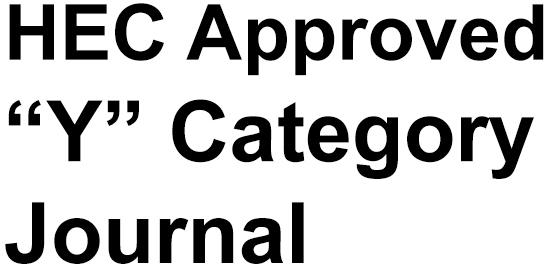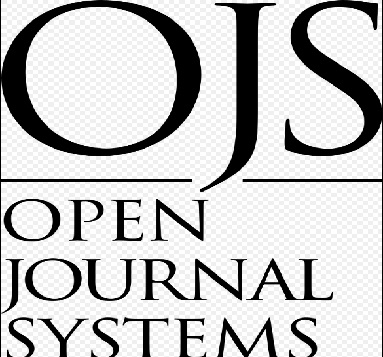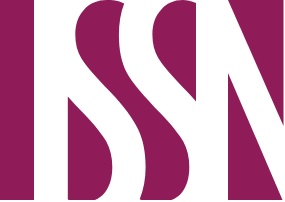Mediating Role of Toxic Leadership in the Relationship between Perceived Narcissism and Work Outcomes among Higher Education Teachers
DOI:
https://doi.org/10.63056/ACAD.004.02.0219Keywords:
Perceived narcissism, Cynicism , Toxic LeadershipAbstract
The aim of the present study is to investigate the mediating role of toxic leadership on the relationship between perceived narcissism personality and work outcomes among higher education teachers. Study I comprises of the selection and validation of major constructs of the research. Study II focused on the psychometric estimation, that is, reliability and validity of the instruments. Sample of university and college teachers (N = 382) was taken from different educational institutes of Pakistan. Results provide the evidence that all scales are reliable. Study II is consists of main study. Dirty Dozen Scale (Jonason & Webster, 2010), Toxic Leadership Scale (Schmidt, 2008), Organizational Cynicism Scale (Dean et al., 1998), Turnover Intention scale (Seashore et al., 1982) were used. Results revealed positive correlation between narcissistic personality, toxic leadership, organizational cynicism and turnover intention. Regression analysis revealed that perceived narcissism is positively predicting organizational cynicism and turnover intention. Findings revealed that toxic leadership act as a mediator between Perceived Perceived narcissism and work outcomes. Present study will be helpful for organizational psychologists to develop intervention techniques to help identify the toxic leadership in an organization and help to overcome negative work outcomes.
Downloads
Published
Issue
Section
License
Copyright (c) 2025 Naila Naz, Dr. Syed Muhammad Imran Bukhari (Author)

This work is licensed under a Creative Commons Attribution 4.0 International License.












